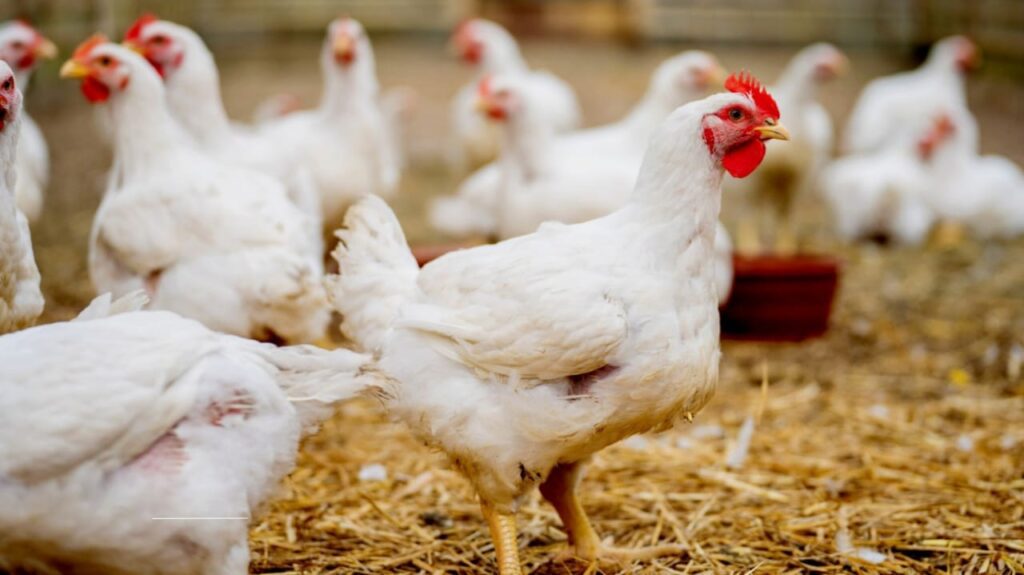
Bird flu, also known as avian influenza, has become a growing concern in New York as cases have surged past 126,000. This highly contagious viral infection primarily affects birds but can also pose risks to humans and other animals. Understanding the symptoms, transmission methods, and preventive measures is crucial to staying safe and informed during this outbreak.
What is Bird Flu?
Bird flu is caused by influenza viruses that naturally occur in wild birds, particularly waterfowl like ducks and geese. While these viruses typically do not infect humans, certain strains, such as H5N1 and H7N9, have been known to cross the species barrier and cause severe illness in people. The current outbreak in New York has raised alarms due to the rapid spread of the virus among both wild and domestic bird populations.
Symptoms of Bird Flu in Humans
The symptoms of bird flu in humans can range from mild to severe, depending on the strain of the virus and the individual’s health. Common symptoms include:
- Fever: A high temperature is often one of the first signs of infection.
- Cough: A persistent cough, sometimes accompanied by a sore throat, is a typical symptom.
- Muscle Aches: Body aches and muscle pain are common, similar to seasonal flu.
- Fatigue: Extreme tiredness and weakness may occur.
- Shortness of Breath: Difficulty breathing can develop, especially in severe cases.
- Conjunctivitis: In some instances, eye infections or redness may be present.
- Gastrointestinal Issues: Nausea, vomiting, and diarrhea have been reported in certain cases.
In severe cases, bird flu can lead to complications such as pneumonia, acute respiratory distress syndrome (ARDS), and even organ failure. Individuals with weakened immune systems, the elderly, and young children are at higher risk of developing severe symptoms.
How Does Bird Flu Spread?
Bird flu is primarily spread through direct contact with infected birds or their droppings. The virus can also be transmitted through contaminated surfaces, water, or feed. In rare cases, human-to-human transmission has occurred, but this is not common. People who work closely with birds, such as poultry farmers, veterinarians, and wildlife handlers, are at higher risk of contracting the virus.
Preventive Measures
To reduce the risk of bird flu infection, it is essential to take the following precautions:
- Avoid Contact with Sick or Dead Birds: Do not handle birds that appear ill or have died unexpectedly.
- Practice Good Hygiene: Wash your hands thoroughly with soap and water after handling birds or visiting areas where birds are present.
- Cook Poultry Thoroughly: Ensure that poultry products are cooked to an internal temperature of at least 165°F (74°C) to kill any potential viruses.
- Use Protective Gear: If you work with birds, wear gloves, masks, and other protective equipment to minimize exposure.
- Stay Informed: Keep up-to-date with local health advisories and follow guidelines issued by health authorities.
The Situation in New York
New York has seen a significant increase in avian flu cases, with over 126,000 reported infections among birds. The outbreak has affected both wild bird populations and commercial poultry farms, leading to economic losses and heightened public health concerns. Health officials are closely monitoring the situation and implementing measures to contain the spread of the virus.
What to Do If You Suspect Bird Flu
If you experience symptoms of bird flu and have had recent contact with birds, seek medical attention immediately. Inform your healthcare provider about your potential exposure to the virus. Early diagnosis and treatment can improve outcomes and reduce the risk of complications.
The Importance of Public Awareness
Public awareness plays a critical role in controlling the spread of bird flu. By understanding the symptoms, transmission methods, and preventive measures, individuals can take proactive steps to protect themselves and their communities. Health authorities are urging residents to remain vigilant and report any unusual bird deaths or illnesses to local wildlife agencies.
Final Thoughts
The rise in bird flu cases in New York underscores the importance of staying informed and taking necessary precautions. While the risk to humans remains relatively low, the potential for severe illness makes it essential to prioritize safety and hygiene. By working together, we can help mitigate the impact of this outbreak and protect both human and animal health.
